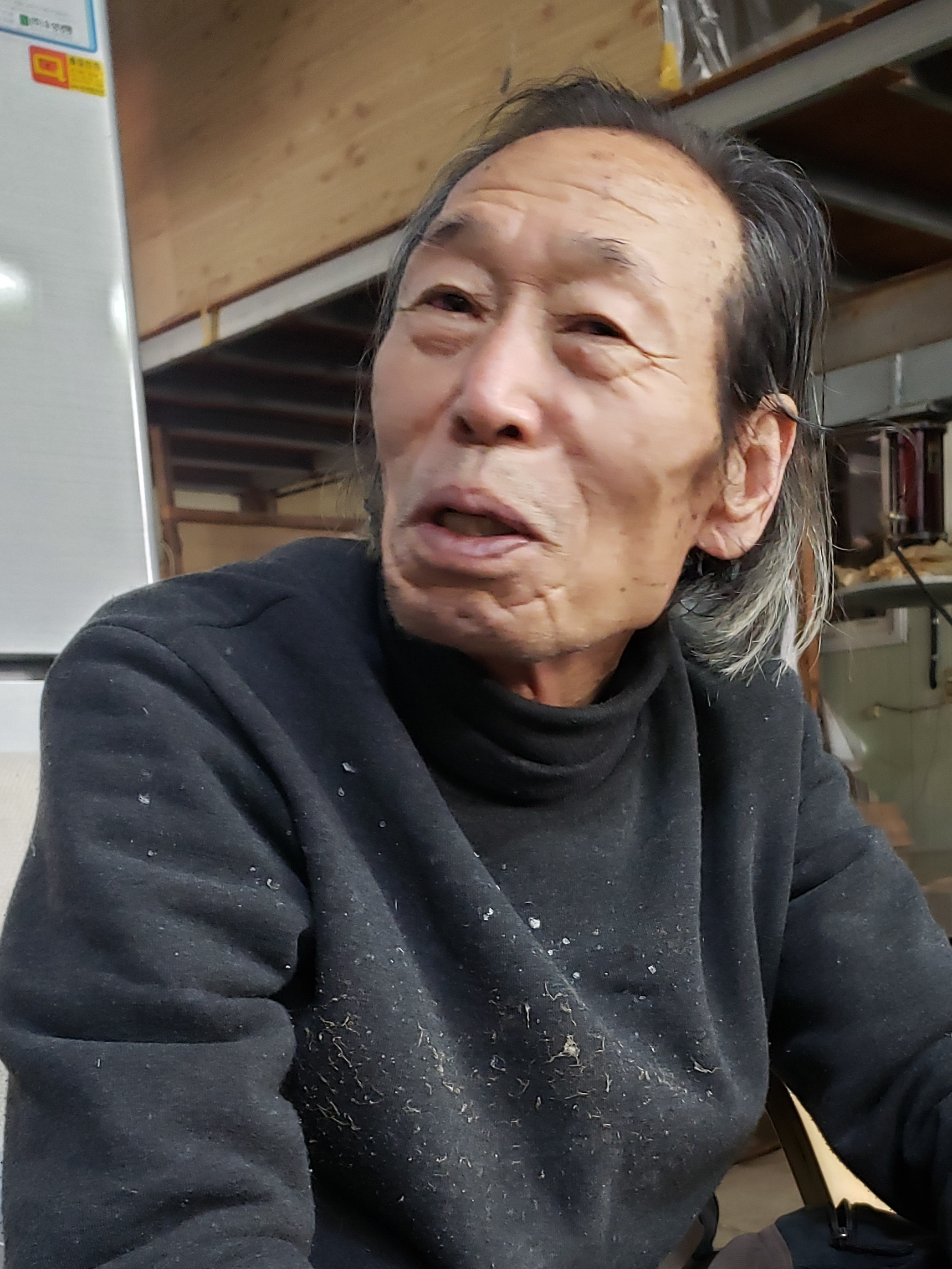Korean Hanji, also known as Hanji or Korean traditional paper, is a unique and culturally significant material that has played a central role in Korean history, art, and craftsmanship for centuries. It is made from the inner bark of the paper mulberry tree (Morus alba), which is native to Korea. Hanji is renowned for its exceptional durability, texture, and versatility, and it holds a special place in Korean culture for several reasons.
- Historical Significance: Hanji has a long and storied history in Korea, dating back over a millennium. The paper-making tradition in Korea predates the invention of printing, and Hanji was used for a wide range of purposes, including writing, painting, calligraphy, and preserving important documents. This historical significance has made it a symbol of Korean heritage.
- Cultural Heritage: Hanji is deeply intertwined with Korean culture. Its production and use are closely associated with Korean traditions and customs, including the making of traditional clothing (hanbok), umbrellas, fans, and masks used in various ceremonies and rituals. It is also employed in architectural applications, such as creating doors, windows, and partitions.
- Artistic Expression: Hanji is a favored medium for artists and craftsmen in Korea. Its unique texture and natural colors make it an ideal canvas for calligraphy, painting, and other forms of visual art. The delicate and translucent quality of Hanji allows for the creation of intricate and beautifully crafted pieces.
- Sustainability: The use of the paper mulberry tree for Hanji production aligns with sustainable practices, as it is a fast-growing and renewable resource. The traditional manufacturing process is eco-friendly, utilizing natural dyes and methods that have been passed down through generations.
- Preservation of Cultural Knowledge: Hanji is vital for preserving traditional Korean knowledge and cultural practices. The techniques of making Hanji have been carefully passed down from one generation to the next, ensuring the continuation of this unique heritage.
- Contemporary Applications: In addition to its historical and cultural significance, Hanji continues to be relevant in modern times. It is used in contemporary art, interior design, and fashion, demonstrating its adaptability and enduring appeal.
In conclusion, Korean Hanji is not merely a type of paper; it represents a profound connection to Korea's history and culture. Its importance lies in its ability to preserve and express the rich cultural heritage of the Korean people while also serving as a source of inspiration for artists and a symbol of sustainability and tradition.
10-20-2023
| Institutional and human capacities | There are a number of institutions in Jeonju, Korea alone that contain and spread information about hanji, such as the Jeonju Hanji Museum and Hanji international support center. The Hanji International Support Center not only hosts Hanji festivals but also offers services like design research and development, Hanji product design, and workshops. Additionally, the 21st Jeonju Hanji Craft Artists' collaboration event took place in 2023, organized by the Jeonju Hanji Craft Artists' Association, which aims to support and advance research in this field and comprises middle-aged artists working on domestic and international projects under the leadership of artisan Shim Hwa-sook. | |
| Transmission and education | Hanji is not taught in deep details in school, however there are institutions that specifically focus on educating on Hanji through educational sessions or in the form of festivals. Primary, middle and high (Secondary) school: They cover the subject of Hanji very briefly during social and history class, but do not go in depth. After school activities / Clubs: There are no indication that Hanji is utilized in cultural clubs, but it is possible that the paper is used in clubs related to art and craft. | |
| Inventorying and research | The National Intangible Heritage Center of South Korea provides the environment for practitioners of traditional skills to provide successors of intangible heritages. Since 1974, 153 inheritance centers (290 kinds of cultural heritages are included both in national and local centers) of intangible cultural heritages have been established and operated nationwide with supports from the national and local governments. | |
| Policies as well as legal and administrative measures | The Jeonju City council is one of the crucial members in safeguarding the cultural heritage, with goals such as: Traditional Culture City Project, which aims to promote sustainable development of the city through traditional culture revitalization. The city has also established the Jeonju International Awards for Promoting Intangible Cultural Heritage (JIAPICH) to honor individuals, groups, communities and institutions that practice good safeguarding of intangible cultural heritage. However, there is a general lack of policy regarding the safeguarding of Hanji specifically, and there seems to be no policy regarding the education of any specific cultural heritage. | |
| Role of intangible cultural heritage and its safeguarding in society | Hanji, a traditional Korean paper, is not commonly used in everyday life due to its slow and costly production compared to modern papers. However, recent research has explored its potential as an energy storage and conversion system. In a study conducted in April 2023, Hanji coupled with Ag nanowires demonstrated functionality as electronic paper windows in traditional Korean houses. The chemical and structural potential of Hanji has been a prominent research focus in 2022-2023, with the aim of finding practical everyday applications. Despite its limited use, Korean society safeguards Hanji through annual festivals and educational services. | |
| Awareness raising | The Korean government is taking steps to promote Hanji awareness by incorporating it into guestbooks at embassies and cultural centers abroad. Hanji artists, like Lee Hae-eun, are also working on eco-friendly Hanji art. While government efforts may be limited, individuals like Lee Seung-chul are making sculptures with Hanji to revive the craft. Additionally, there are initiatives blending traditional Hanji with modern or foreign materials, and individuals like Lee Seung-chul have written books on Hanji for both Korean and foreign audiences. | |
| Engagement of communities, groups and individuals as well as other stakeholders | The government-funded Korea Craft and Design Foundation has established the "Hanji Culture and Industry Center" to promote Korea's traditional paper, Hanji. Various stakeholders, including regional workshops, textile companies, and apparel companies, are involved in this initiative. Notably, the Korean Institute for Knit Industry has played a significant role in developing Hanji yarn, crafted from the inner bark of mulberry paper trees using traditional Korean paper production methods. Save Hanji Company, established in 2021, aims to promote and preserve Hanji as an intangible cultural heritage, with a focus on getting it listed on UNESCO's Representative List. They are involved in research, development, and nationwide promotion of Hanji, emphasizing education about its cultural significance. Jeonju Hanji Culture Festival has been hosting hanji festivals since 1997,which includes various sections and workshops to showcase Hanji's cultural significance, fostering both online and offline engagement and conversations through social media platforms. | |
| International engagement | According to the Ministry of Foreign Affairs of ROK, in 2015, the Vatican Museum had hosted a Symposium on Traditional Korean Paper Hanji. There are also cases where Korean artists would be invited to host their Hanji artwork in foreign countries, or when Korean artists would make them in foreign countries. | |
| References |
|
|






.jpeg)

.jpg)




.png)
.jpg)















_(31711258567).jpg)






























































